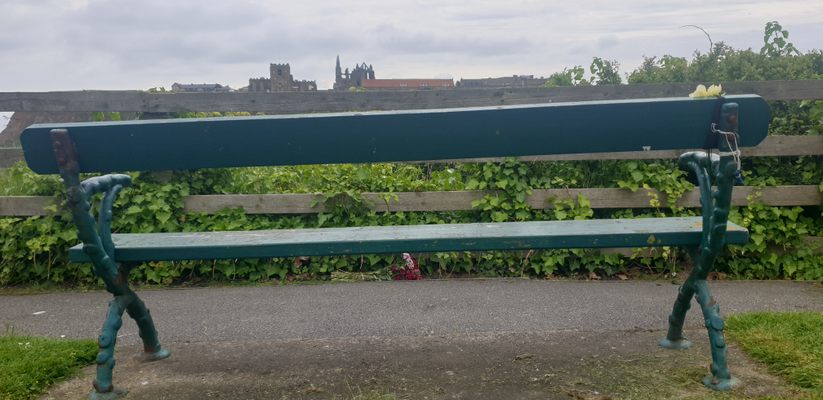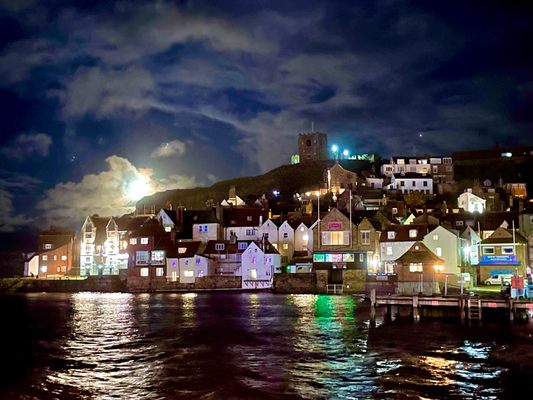About
When Bram Stoker looked over the view of Whitby from atop a hill, he saw before him the setting he would use for the entrance to England of his most famous creation: Dracula.
The gloomy and picturesque ruins of Whitby Abbey are the most remarkable and obvious inspiration, but the primary inspiration may have come from a book Stoker allegedly checked out from the local library which introduced him to Vlad Dracul.
From the vantage point where Stoker sat the abbey ruins and church are visible, as well as the cliff where the ghost ship "Demeter" arrived in Whitby, bringing Dracula to England. Benches have been installed atop the hillside, where people can sit and see the same thing the author did.
The memorial plaque reads: "The view from this spot inspired Bram Stoker (1847-1912) to use Whitby as the setting of part of his world-famous novel DRACULA. This seat was erected by Scarborough Borough Council and the Dracula Society to mark the 68th Anniversary of Stoker's death - April 20th 1980"
Whitby is also home to the Whitby Museum, Library and Archive containing many varied and strange items from Tempest Prognosticators to an alleged Glory Hand.
Elsewhere, Stoker found additional inspiration at Eastern European and Scottish castles, and closer to home at St. Michan's Church crypts in Dublin, where you can still visit the mummies today. The original manuscript for Dracula is held in the United States, at the Rosenbach Museum and Library in Philadelphia. he is buried at Golders Green Crematorium in London.
Related Tags
Community Contributors
Added By
Published
February 8, 2013











































